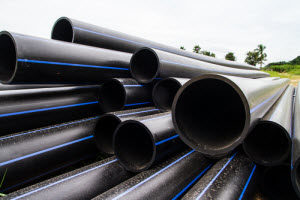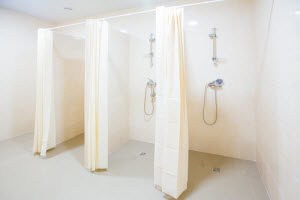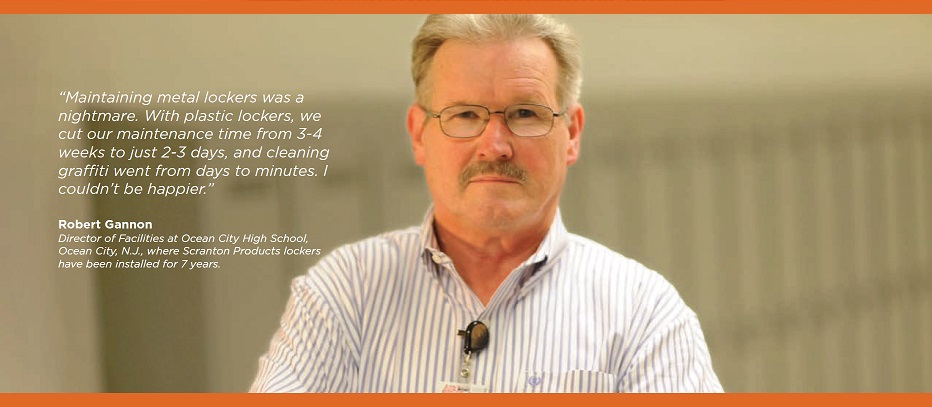When it’s time to start a lengthy renovation project in your facility, or you’re about to break ground, it’s important to use the right materials for the job. Not only do you want building materials that are sturdy and reliable, but you want something that’s going to save you maintenance costs in the long run. That’s why a lot of facility managers are utilizing HDPE (high-density polyethylene) as materials in their bathroom for partitions, stalls, and even vanities. If you’re a facility manager who’s in the process of deciding on these types of materials, you may want to learn a little more about HDPE and the benefits of choosing it.
HDPE & Durability
The most expensive form of maintenance is usually the regretful replacement. Whether your stall or partition was damaged beyond repair, or it’s infested with mold, having to replace the entire piece can not only be expensive, but also time-consuming.
HDPE offers a highly durable solid plastic construction that can outlast most other materials when it comes to impacts. Most plastic materials show a sign of damage, whether it’s a dent, a scratch, or even a hole. HDPE has an impact resistance that’s almost 60 times greater than that of other plastics and even metal, meaning it won’t scratch or dent, leaving you with a reliable material that you won’t have to replace any time soon.
Standing Up to the Elements
You’d be surprised at the amount of damage caused by humidity and moisture, especially when it comes to the materials that you choose in your bathroom, where these two elements are a constant presence. Most plastic partitions have a foam or core interior, which over time, becomes tainted by the moisture and begins to sprout mold, resulting in a foul smell and a significant drop in air quality.
HDPE, on the other hand, can stand up to humidity and moisture because it’s a solid piece of plastic with no soft and foamy inner core. Installing HDPE in your facility’s restroom will not only prevent mold from growing on/in the plastic, but it’ll help keep your air quality in good standing. You’ll save yourself from a costly replacement by using HDPE stalls and partitions.
Easy to Clean
One of the major benefits that HDPE has over other materials is that it’s very easy to clean. Other materials will not only absorb germs, but when there’s graffiti present, the piece requires a paint job. Not only does this add to the costs, but it brings your air quality down due to VOC (volatile organic compound) emissions. HDPE doesn’t require any strong expensive cleaning products or paint. Any smudge, dirt, or even spray paint can simply be wiped away, saving you both time and money on your maintenance and cleaning.
Was this article helpful at showing you how you can save on maintenance costs by implementing HDPE in your facility? If you want more information, you can always download eBooks like Choosing Bathroom Materials or The Professional’s Guide to Commercial Bathroom Renovations and Remodels, from your friends at Scranton Products.

 HDPE (high-density polyethylene) is a solid, strong plastic that has many applications when it comes to building materials. Some facility managers aren’t sure that HDPE provides a stronger construct than other plastics, but HDPE has been proven to be one of the more durable plastics on the market, making it a formidable opponent to other plastics that are available.
HDPE (high-density polyethylene) is a solid, strong plastic that has many applications when it comes to building materials. Some facility managers aren’t sure that HDPE provides a stronger construct than other plastics, but HDPE has been proven to be one of the more durable plastics on the market, making it a formidable opponent to other plastics that are available. Get started by looking for the question(s) that’s most relevant to you so you can learn the answer!
Get started by looking for the question(s) that’s most relevant to you so you can learn the answer!